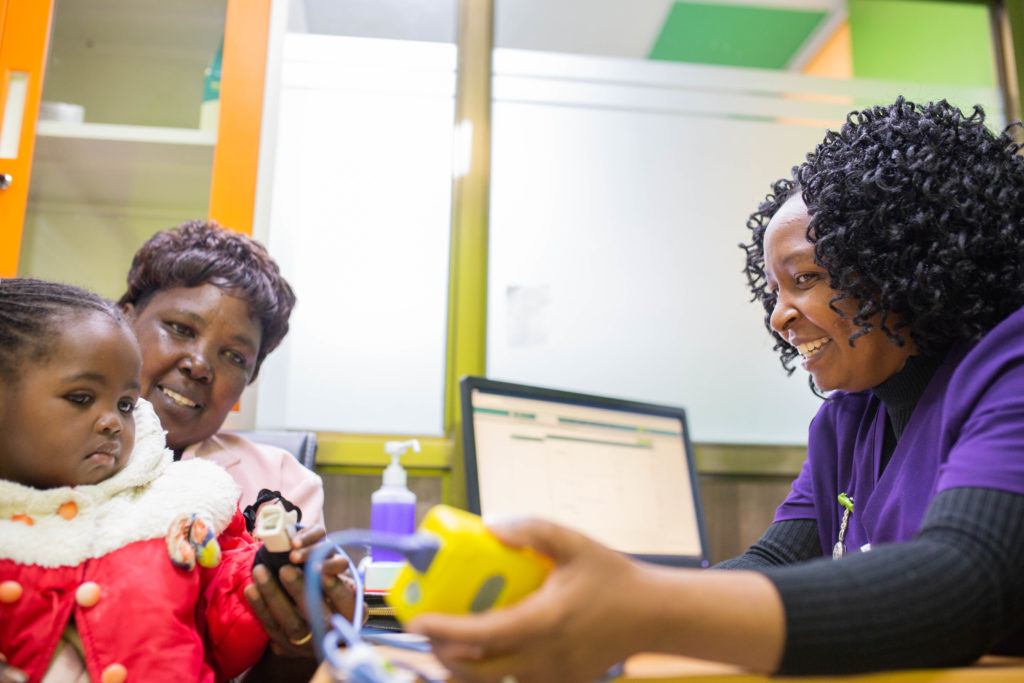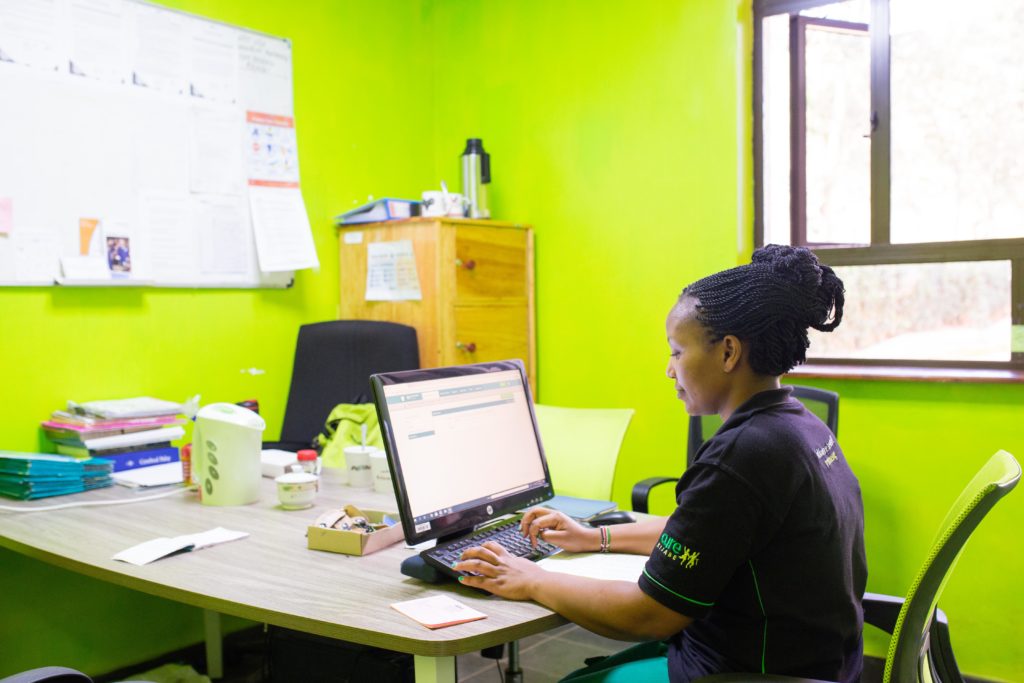Improving Efficiency through OpenMRS
CURE as a network is always looking toward the future, working to improve what we do. One of the ways we are preparing for the future is by implementing an OpenMRS system, a collaborative open-source project to develop software to support the delivery of health care in developing countries.
OpenMRS is preparing us for a paperless filing system through its software that stores patient data. We began implementation with CURE Uganda in 2016, closely followed by CURE Ethiopia in 2017, and CURE Philippines in 2018. This year, we rolled OpenMRS out in Kenya. We’re also hoping to implement it in Malawi, Zambia, and Niger over the next few years. Our patient records are no longer only found in filing cabinets! Now, they can easily be found in the OpenMRS system too. With just a few clicks, we have access to current patient information right on our computer screen!

One of the purposes of OpenMRS is to simplify and streamline reporting. We want to ensure that our numbers are correct, including the number of surgeries and outpatient visits. We’ve already implemented OpenMRS in our outpatient department, and we’re beginning to implement it in the ward as well. Eventually, we plan to even use it in our mobile clinics.
In addition to improved reporting, OpenMRS will help us better manage our data. An automated records system will give us the ability to serve patients faster and more efficiently. With this system, we can interact with our patients more effectively by sending out automated appointment reminders and fun messages, such as wishing patients “happy birthday” on their special day. Our goal is to completely phase out paper files and use OpenMRS as our main hospital system.
The outpatient department has been using the OpenMRS system for several months now. Recently, we sat down with some of our outpatient staff to check-in and see how their experience with the system has been so far. Here are some of their responses:
Christine is an administrative assistant and medical records officer who works at reception registering patients. She is one of the first faces patients see when they arrive at the hospital. “I’m loving it actually,” Christine told us. “I think it’s easy to work with the software developers and tell them what we need as users.”

Cate (nurse) 
Regina (clinical officer)
Cate is a nurse who works in our triage room helping take patient vitals and recording them in the system. “It helps even the healthcare providers for continuity of care. They can quickly check on the patient’s vitals and see anything that has been done for that patient.”
Regina is a clinical officer who uses the system to record patient visits, including their history, diagnosis, and request for x-rays. “So, two things: First, it is very efficient, in terms of the way we store patients’ data and the way we can retrieve it. Second, it maintains the confidentiality of the patient (fewer files in use and out in the open where anyone can view them).”
Aline works in our records department. She opens patient visits, helps discharge patients, and helps schedule surgeries. “The system is making our work easier. I remember when I started, we were running to retrieve files.”
Grace is an admissions officer who has worked in our records department for the last 21 years, almost as long as CURE has been in existence. Grace shared that registration is much more efficient now. In the past, it was not uncommon to hear, “Have you seen the registration book? I left it here yesterday and I can’t see it!” Additionally, patients sometimes forgot their appointment sheet with their hospital number on it. With OpenMRS, all the information needed for registration can be found at the click of a button. You can check for the patient’s name and find their hospital number easily. “It has helped our efficiency at work and improved our queuing system for patients,” Grace said. Once a visit is open in the system, you can see how long the patient has been waiting. “I think it has reduced waiting time. So I think patient service has improved.”

Alice (occupational therapist) 
Evans (orthopedic technologist)
Alice is an occupational therapist who uses the system to find out the necessary treatment and record the treatment that she has provided. “The difference between paperwork and the online system is that it has lessened the work since you don’t have to go and retrieve the file from the filing cabinet. It’s just straightforward.”
Evans is an orthopaedic technologist who makes appliances like orthotics and prosthetics in our workshop. He, like Alice, uses the system to check on the treatment plan and record the treatment he’s done. “The OpenMRS system is generally quicker, and it reduces paperwork. It always takes too long when you want to search for the details of a patient (old system). Now, it’s just a click and then you have access to everything you need!” Evans’s final comment about OpenMRS was that “We should embrace it!” Thankfully, we have done just that.
This is only the beginning! We are looking forward to serving our patients better and more efficiently each year!
